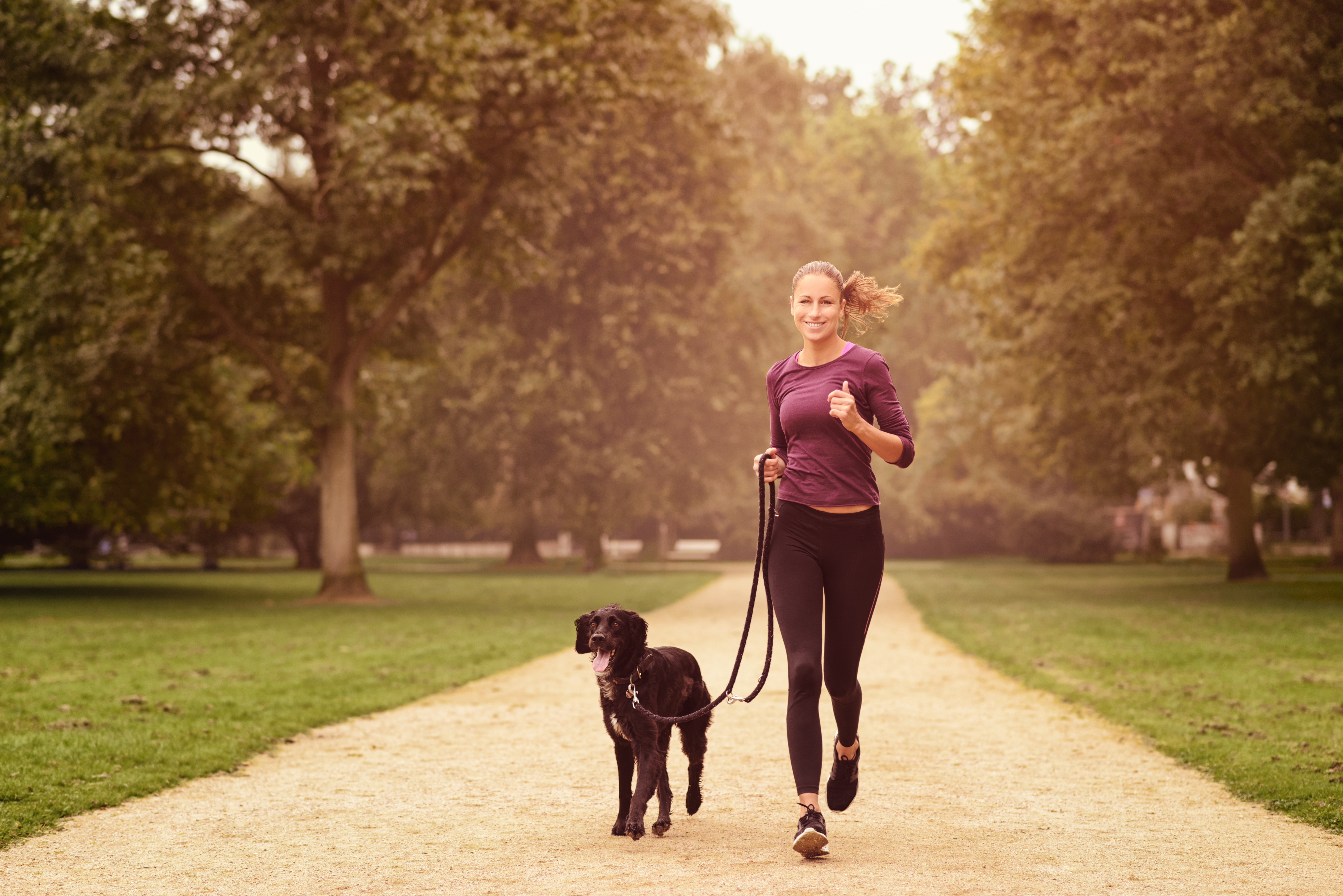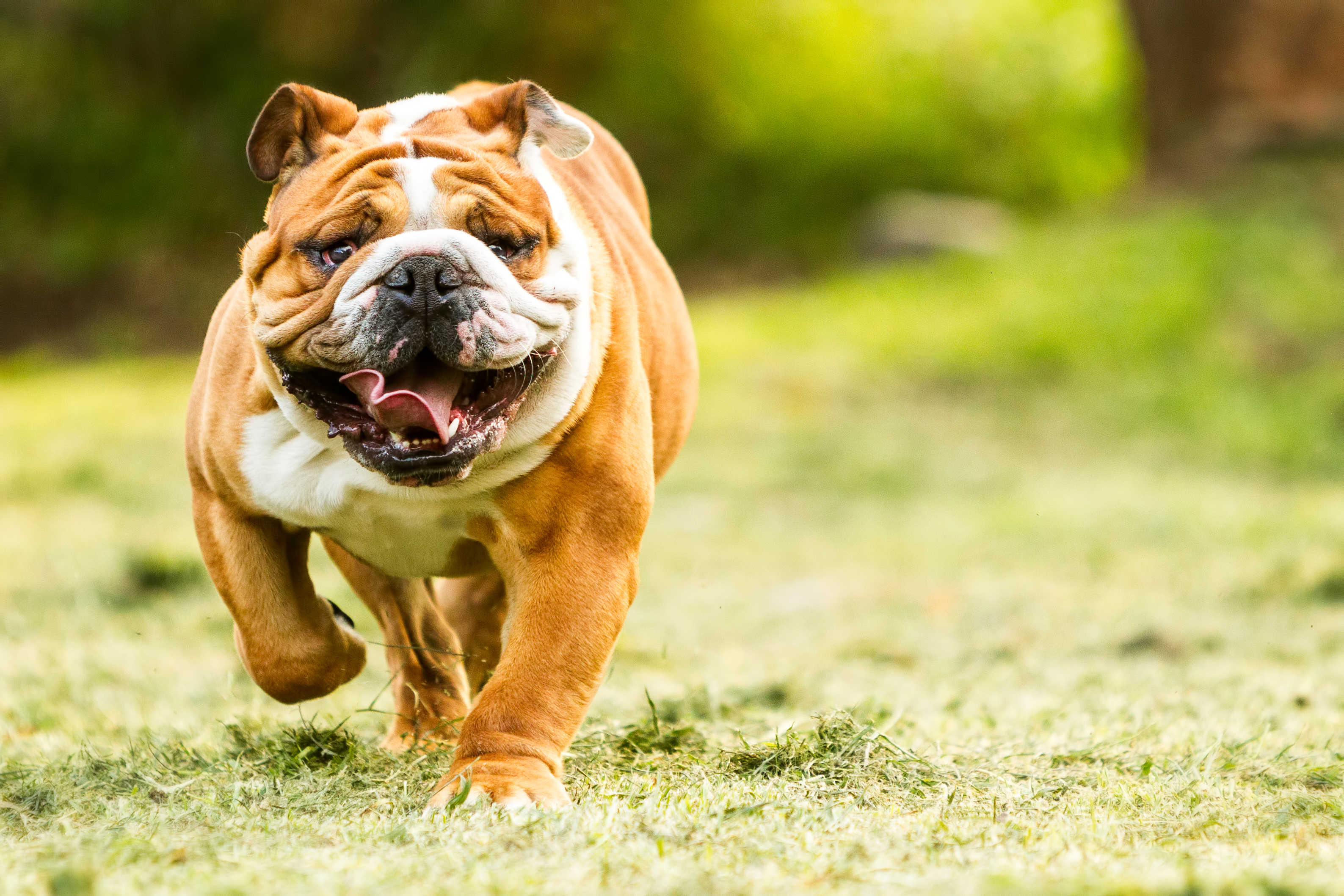As veterinarians, it's heartbreaking when every summer we see several cases of heatstroke. These are dogs that are members of a family. They are loved and cared for by well-intentioned owners that dote on them! They just thought that their dog loves to ride in the car and the dog would be fine in the car with the windows cracked while they ran into the dry cleaners. Perhaps didn't realize that they were putting their beloved pet in danger by taking them for a run or a walk on a summer day. Don't let this happen to you! Here are our tips on recognizing and preventing heatstroke in your dog.
How do dogs get heatstroke?
Dogs and humans regulate body temperature differently. Humans sweat and, as that sweat evaporates from our skin, we cool off. Our four-legged family members have some sweat glands in the pads of their feet, but that doesn't cool them off in extreme conditions. Dogs cool off by panting. If we get too hot, we stop what we are doing and find a way to cool off. If a dog gets too hot, they will keep going until overheat. This can be fatal if not corrected quickly.

Is my dog at risk for heatstroke?
All dogs are at risk for heatstroke. Young, old, and long-haired dogs are at a higher risk of heatstroke. But short-nosed dog (brachycephalic) breeds are most susceptible to heatstroke.
Short-nosed dog breeds that are more prone to heatstroke include:

How can you prevent your dog from getting heatstroke?
As veterinarians, we know that heatstroke happens, even in the cases of extremely astute pet owners.
That's why it's important to consider what you can do to prevent heatstroke:
- Do not leave your pet in a parked car during the warmer months, even on mildly warm days. Even if you leave the windows cracked, temperatures can rise to deadly levels in minutes.
- Have water available at all times. Make sure to bring water for both of you when on a walk or hike and offer it frequently.
- Make sure there is shade available if you go outdoors on a hot day.
- Even if your pet is indoors, you still need to protect them from high temperatures. Consider leaving the air conditioner on a low setting and keep the blinds and shades pulled down to keep the house as cool as possible.
- Be mindful of the time of day that you take your pet out. Take them out in the morning and evening so that they stay as cool as possible and don't burn their paws on the cement. Place your hand on the cement to test it out - if it's too hot for you to hold your hand there, it is too hot for their paws!

What are the signs that a dog is having heatstroke?
Common signs that your dog is experiencing heat stroke include:
- Uncontrollable heavy panting
- Quiet or poorly responsive; may lay down & refuse to get up or be unable to rise
- Loss of balance, head tilt
- Pacing, circling, or turning the wrong way when called
- Abnormal eye movements or facial expressions
- Impaired vision
- Confusion
- Loss of control over bladder and bowels
- Vomiting
- Collapsing, loss of consciousness
- Rectal temperature of over 105 degrees

What do I do if I recognize heatstroke in my dog?
If you suspect your dog has or is in danger of developing heatstroke, you will need to take action fast. Remove your pet from the heat and to take them indoors or find shade. Then you’ll want to lower the body temperature as quickly as possible. The easiest way to do that is to put your dog in the bathtub and run cool water over them, especially the back of the neck. Do not use water water that is too cold, as it can cool your dog too quickly.
Contact a veterinarian or the nearest pet emergency hospital immediately! You will need to get your pet to a veterinarian as soon as possible!
The main medical treatment for heatstroke is the administration of IV fluids and electrolytes, as well as continued efforts to cool the pet. Blood work (CBC and chemistry values, along with clotting times) are likely to be run to make sure no further treatment is needed.
When dealing with heart stroke, swift action is vital! But heat stroke is completely avoidable if you are aware of it's causes. If you have further questions about heatstroke and how to prevent it, please give us a call.
